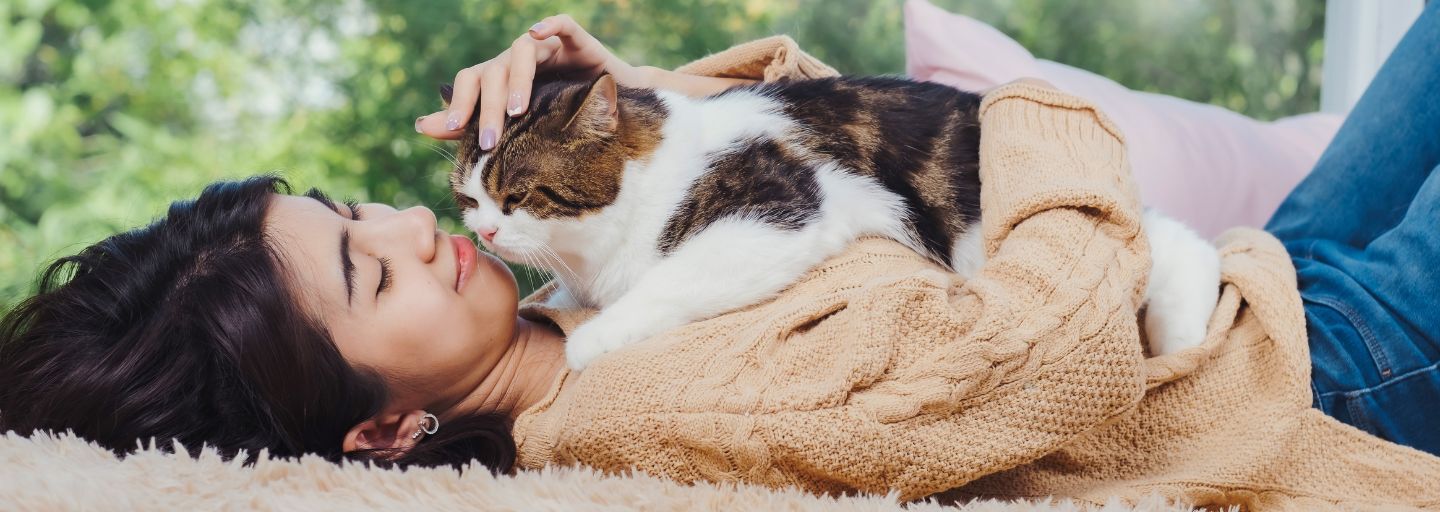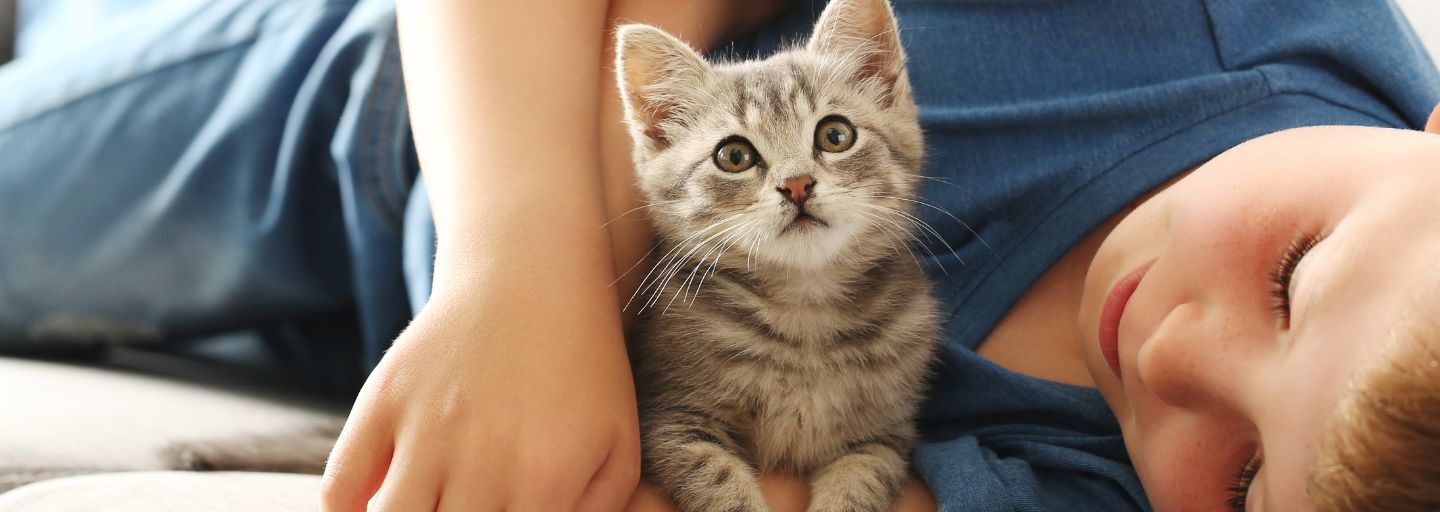Have you ever wondered why your cat loves to get themselves into tight spaces? It's a common behaviour among our feline friends, and there are several reasons behind this intriguing habit.
Cats have a natural instinct to seek out small, enclosed spaces. Whether it's a drawer, a sink, under a bed, or in a box, these cozy nooks provide them with a sense of warmth, safety, and security. Curling up in a small space allows cats to conserve body heat, which is especially important for them as they are naturally inclined to seek warmth. It also provides them with a sense of protection, as it mimics the feeling of being in a den or a hidden spot away from potential threats.
Considering that cats spend a significant portion of their day snoozing, it makes sense that they would seek out a comfortable and private place to rest. These tight spaces offer a sense of seclusion and tranquillity, allowing cats to relax and recharge without disturbances. It's their way of creating a personal sanctuary where they can retreat and feel at ease.
However, it's important to note that cats sometimes choose hiding spots that may seem suitable to them but can actually be quite dangerous. Cats have been known to hide in places like clothes dryers, washing machines, inside reclining chairs, behind electrical appliances (such as the refrigerator or television), and even under cars if they have access to the outdoors. It's crucial for cat owners to be aware of these potential hiding spots and regularly check them to ensure the safety of their feline companions.
To minimise the chances of your cat finding their own potentially hazardous hiding spot, it's essential to provide them with safe and suitable places to relax. This is especially important in multi-pet households where cats may feel the need to find their own space away from other animals. Cats often enjoy being up high, as it gives them a vantage point to observe their surroundings. Consider installing secure shelves or providing a comfortable bed on a table or in a cupboard. These elevated spots not only fulfill their desire for height but also offer a sense of security and a designated space that is solely theirs.
In addition to providing safe spaces, it's also beneficial to create an enriching environment for your cat. This can include providing scratching posts, interactive toys, and vertical spaces such as cat trees or shelves. These elements not only cater to their natural instincts but also provide mental stimulation and opportunities for exercise. By offering a variety of engaging activities and spaces, you can help satisfy your cat's need for exploration and play, reducing their desire to seek out tight spaces.
Understanding the fascination of cats with tight spaces gives us insight into their innate behaviours and preferences. It's a reminder that our domesticated feline friends still retain their instincts and instincts that have been passed down through generations. By providing them with safe and suitable spaces, we can ensure their comfort, well-being, and happiness while fostering a strong bond between humans and cats.







